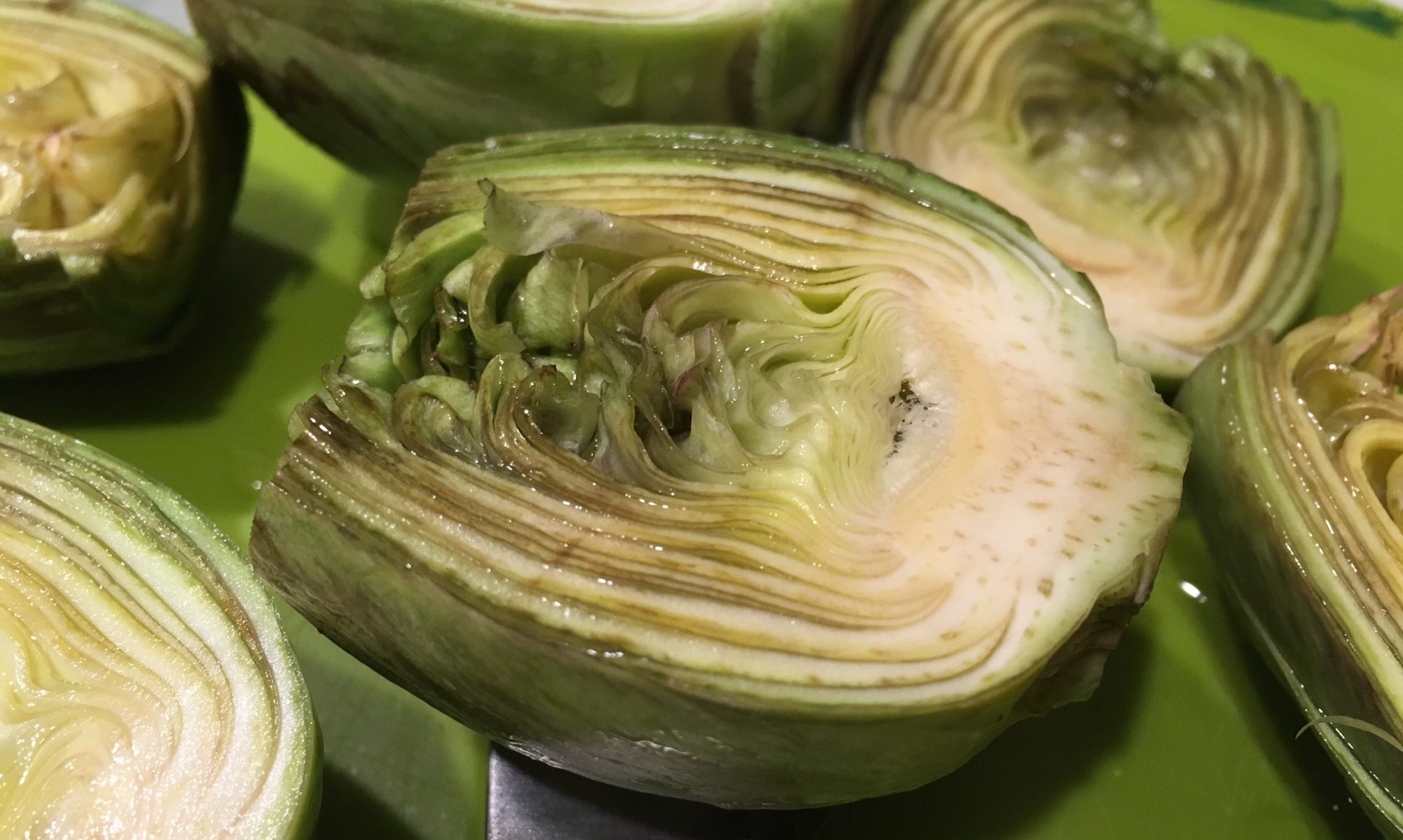This is a revised version of the original recipe from Nigella.
When we made these last year, we faithfully followed the recipe to the letter, and while the result was very nice, at heart we knew that it could have been better.
So this year I decided to repeat the recipe and not go for better but for PERFECT. I printed the recipe so I wouldn’t miss a beat while cooking, but afterwards I did so many things in slightly different ways and added so many annotations that it almost is a different recipe (while still being a recipe for hot cross buns), hence I am posting it here.









